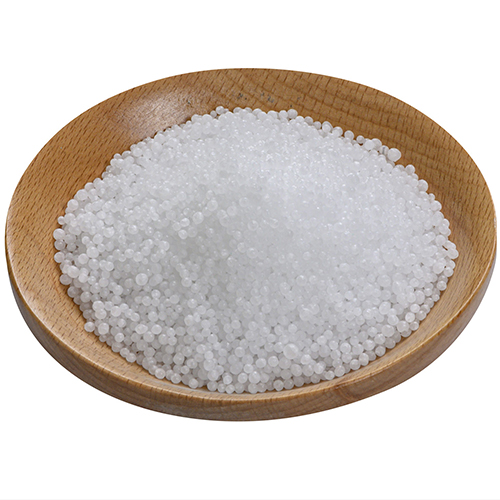Ammonium Bicarbonate
In the USA, UAE, Iran Iraq, Kuwait, Saudi Arabia and other oil producing areas, several hundred chemical compounds are used in hydraulic fracturing also called fracking, fracing or frac. In some areas like UK only ‘Non-Hazardous’ chemicals are permitted for fracturing fluids by the Environment Agency. All chemicals have to be declared publicly and increasingly, food additive based chemicals are available to allow fracking to take place safely.

